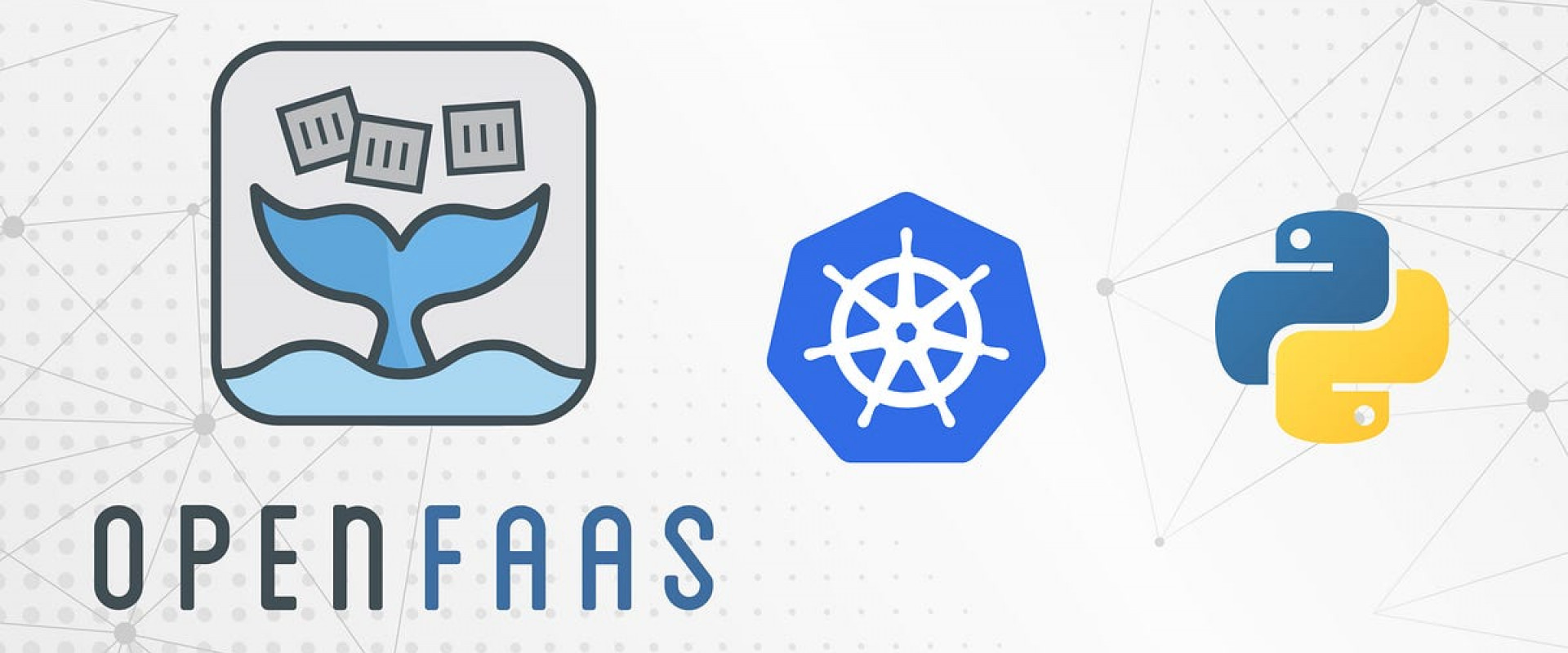Building and Deploying Serverless Applications With OpenFaaS

Serverless computing is gaining more and more popularity in the software development industry these days. It provides a way to build and deploy applications without worrying about the underlying infrastructure. One of the most popular open-source serverless platforms is OpenFaaS. In this article, we will discuss the basics of building and deploying serverless applications with OpenFaaS.
What Is OpenFaaS?
OpenFaaS (Functions as a Service) is an open-source framework that allows developers to build and deploy serverless functions on any cloud or on-premises infrastructure. It is built on top of Docker and Kubernetes, which means it can be deployed on any platform that supports Docker containers. OpenFaaS provides a simple and easy-to-use interface for developers to write, package, and deploy serverless functions.
Building a Serverless Function With OpenFaaS
To build a serverless function with OpenFaaS, you need to follow these steps:
1. Create a new function:
faas-cli new hello-world --lang python
This command will create a new Python function called "hello-world" in your current directory.
2. Write the function code:
def handle(req):
name = req["name"] if "name" in req else "world"
return f"Hello, {name}!"
This code defines a simple function that takes a "name" parameter and returns a greeting message. If no name is provided, it defaults to "world."
3. Build and package the function:
faas-cli build -f hello-world.yml
faas-cli push -f hello-world.yml
These commands will build and package the function into a Docker container and push it to a container registry.
4. Deploy the function:
faas-cli deploy -f hello-world.yml
This command will deploy the function to your OpenFaaS cluster.
Deploying a Serverless Application With OpenFaaS
To deploy a serverless application with OpenFaaS, you need to follow these steps:
1. Create a new application:
faas-cli new my-app --lang python
This command will create a new Python application called "my-app" in your current directory.
2. Write the application code:
def handle(req):
name = req["name"] if "name" in req else "world"
return f"Hello, {name}!"
def handle_sum(req):
a = req["a"] if "a" in req else 0
b = req["b"] if "b" in req else 0
return int(a) + int(b)
This code defines two functions — handle and handle_sum. The handle function is the same as the one we defined earlier. The handle_sum function takes two parameters, a and b and returns their sum.
3. Define the function configuration:
functions:
hello-world:
lang: python
handler: ./my-app/handler.handle
image: my-registry/my-app:latest
environment:
write_debug: "true"
sum:
lang: python
handler: ./my-app/handler.handle_sum
image: my-registry/my-app:latest
This configuration file defines two functions — hello-world and sum. It specifies their language, handler function, Docker image, and environment variables.
4. Build and package the application:
faas-cli build -f my-app.yml
faas-cli push -f my-app.yml
These commands will build and package the application into Docker containers and push them to a container registry.
5. Deploy the application:
faas-cli deploy -f my-app.yml
This command will deploy the application to your OpenFaaS cluster.
Conclusion
OpenFaaS provides a simple and easy-to-use platform for building and deploying serverless applications. With its support for Docker and Kubernetes, it can be deployed on any cloud or on-premises infrastructure. In this article, we discussed the basics of building and deploying serverless applications with OpenFaaS. We hope this will help you get started with building your own serverless applications using OpenFaaS.
We Provide consulting, implementation, and management services on DevOps, DevSecOps, DataOps, Cloud, Automated Ops, Microservices, Infrastructure, and Security
Services offered by us: https://www.zippyops.com/services
Our Products: https://www.zippyops.com/products
Our Solutions: https://www.zippyops.com/solutions
For Demo, videos check out YouTube Playlist: https://www.youtube.com/watch?v=4FYvPooN_Tg&list=PLCJ3JpanNyCfXlHahZhYgJH9-rV6ouPro
If this seems interesting, please email us at [email protected] for a call.
Recent Comments
No comments
Leave a Comment
We will be happy to hear what you think about this post